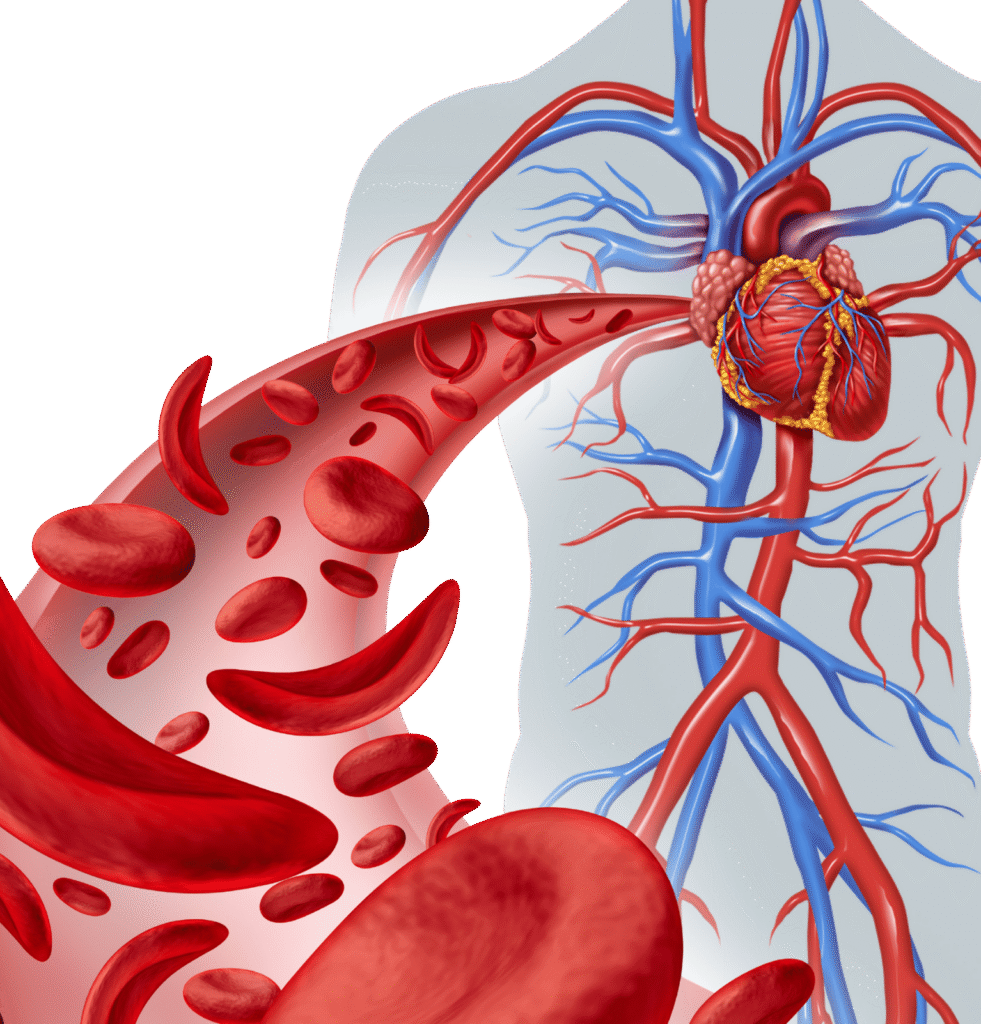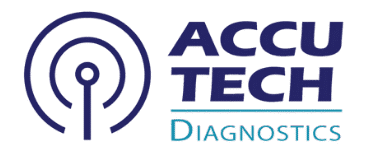Infectious diseases
"Infectious diseases" are illnesses caused by pathogenic microorganisms (germs) that invade the body, multiply, and cause harm. These pathogens can be viruses, bacteria, fungi, or parasites. Infectious diseases can range from mild and self-limiting to severe and life-threatening.
Viral Infections
Understanding the specific type of pathogen is crucial for accurate diagnosis, appropriate treatment, and effective public health control measures.
Pathogen
Viruses are tiny infectious agents that consist of genetic material (DNA or RNA) encased in a protein coat. They are obligate intracellular parasites, meaning they can only replicate inside the living cells of a host.
Mechanism
Viruses hijack the host cell's machinery to make copies of themselves, often damaging or destroying the host cell in the process, leading to disease.
Transmission
Varies widely: respiratory droplets (influenza, COVID-19), direct contact (herpes, common cold), contaminated food/water (norovirus), insect bites (dengue, Zika), sexual contact (HIV, HPV), blood (Hepatitis B/C).
Treatment
Often supportive care. Antiviral medications are available for some viruses (e.g., HIV, influenza, herpes, hepatitis C). Vaccines are crucial for prevention.
Diagnostic Tests
PCR (detects viral genetic material), antigen tests (detects viral proteins), antibody tests (detects host immune response), viral culture (less common).

Examples
Respiratory
Common cold (rhinovirus), Influenza (flu), COVID-19 (SARS-CoV-2), Respiratory Syncytial Virus (RSV), Measles, Mumps, Rubella.
Gastrointestinal
Norovirus, Rotavirus.
Systemic/Blood-borne
HIV/AIDS, Hepatitis (A, B, C, D, E), Dengue fever, Zika virus, Chikungunya virus, Ebola, Yellow fever.
Skin/Mucosal
Herpes simplex virus (cold sores, genital herpes), Varicella-zoster virus (chickenpox, shingles), Human Papillomavirus (HPV - warts, cervical cancer).
Bacterial Infections
The bone marrow doesn't produce enough healthy blood cells.
Pathogen
Bacteria are single-celcelled microorganisms that have a cell wall and their own cellular machinery. They can live independently and reproduce by dividing.
Mechanism
Bacteria cause disease through various mechanisms:
- Directly damaging host cells.
- Producing toxins (e.g., Clostridium botulinum causes botulism).
- Triggering an excessive immune response.
Transmission
Varies: direct contact, airborne droplets, contaminated food/water, insect bites, open wounds.
Treatment
Primarily antibiotics. However, antibiotic resistance is a growing global concern.
Diagnostic Tests
Bacterial culture (grow and identify bacteria), Gram stain, biochemical tests, antimicrobial susceptibility testing (AST), molecular methods (PCR for specific bacterial DNA/RNA or resistance genes).
Examples
Respiratory
Strep throat (Streptococcus pyogenes), Bacterial pneumonia (Streptococcus pneumoniae), Tuberculosis (Mycobacterium tuberculosis), Whooping cough (Bordetella pertussis).
Gastrointestinal
UTIs (Escherichia coli).
Skin
HIV/AIDS, Hepatitis (A, B, C, D, E), Dengue fever, Zika virus, Chikungunya virus, Ebola, Yellow fever.
Gastrointestinal
Food poisoning (Salmonella, E. coli, Campylobacter), Cholera (Vibrio cholerae).
Systemic
Sepsis, Meningitis, Lyme disease (Borrelia burgdorferi).
Sexually Transmitted
Gonorrhea, Chlamydia, Syphilis.
Fungal Infections (Mycoses)
Pathogen
Fungi are eukaryotic organisms (like human cells) that include yeasts, molds, and mushrooms. Some are pathogenic to humans.
Mechanism
Fungi can cause superficial infections (skin, nails, hair), mucosal infections (mouth, vagina), or systemic (invasive) infections, especially in immunocompromised individuals.
Transmission
Often through inhalation of fungal spores from the environment, direct contact, or opportunistic growth on the body.
Treatment
Primarily antibiotics. However, antibiotic resistance is a growing global concern.
Diagnostic Tests
Bacterial culture (grow and identify bacteria), Gram stain, biochemical tests, antimicrobial susceptibility testing (AST), molecular methods (PCR for specific bacterial DNA/RNA or resistance genes).
Examples
Superficial
Ringworm (tinea), Athlete's foot, Nail fungus.
Mucosal
Oral thrush, Vaginal yeast infections (Candida albicans).
Systemic/Opportunistic
Aspergillosis, Candidemia, Cryptococcosis, Histoplasmosis (often in immunocompromised patients).
Parasitic Infections
Pathogen
Parasites are organisms that live on or in a host organism and benefit by deriving nutrients at the host's expense. They can be single-celled (protozoa) or multicellular (helminths/worms, arthropods).
Mechanism
Parasites cause disease by consuming host nutrients, damaging tissues, producing toxins, or triggering immune responses.
Transmission
Varies: contaminated food/water (Giardia, Amoeba), insect vectors (Malaria, Leishmaniasis), direct contact, soil contact.
Treatment
Antiparasitic medications.
Diagnostic Tests
Microscopic examination of stool (O&P), blood smears (for malaria), antigen detection tests, molecular methods (PCR), serology (antibody tests).
Examples
Protozoa
Malaria (Plasmodium species, transmitted by mosquitoes), Giardiasis (Giardia lamblia), Amoebiasis (Entamoeba histolytica), Cryptosporidiosis, Leishmaniasis, Toxoplasmosis.
Helminths (Worms
- Roundworms: Ascaris, Hookworm, Pinworm.
- Flatworms: Tapeworms (Taenia), Flukes (Schistosoma).
Ectoparasites (live on skin
Lice, Scabies mites (less commonly diagnosed by lab, more by clinical exam).

